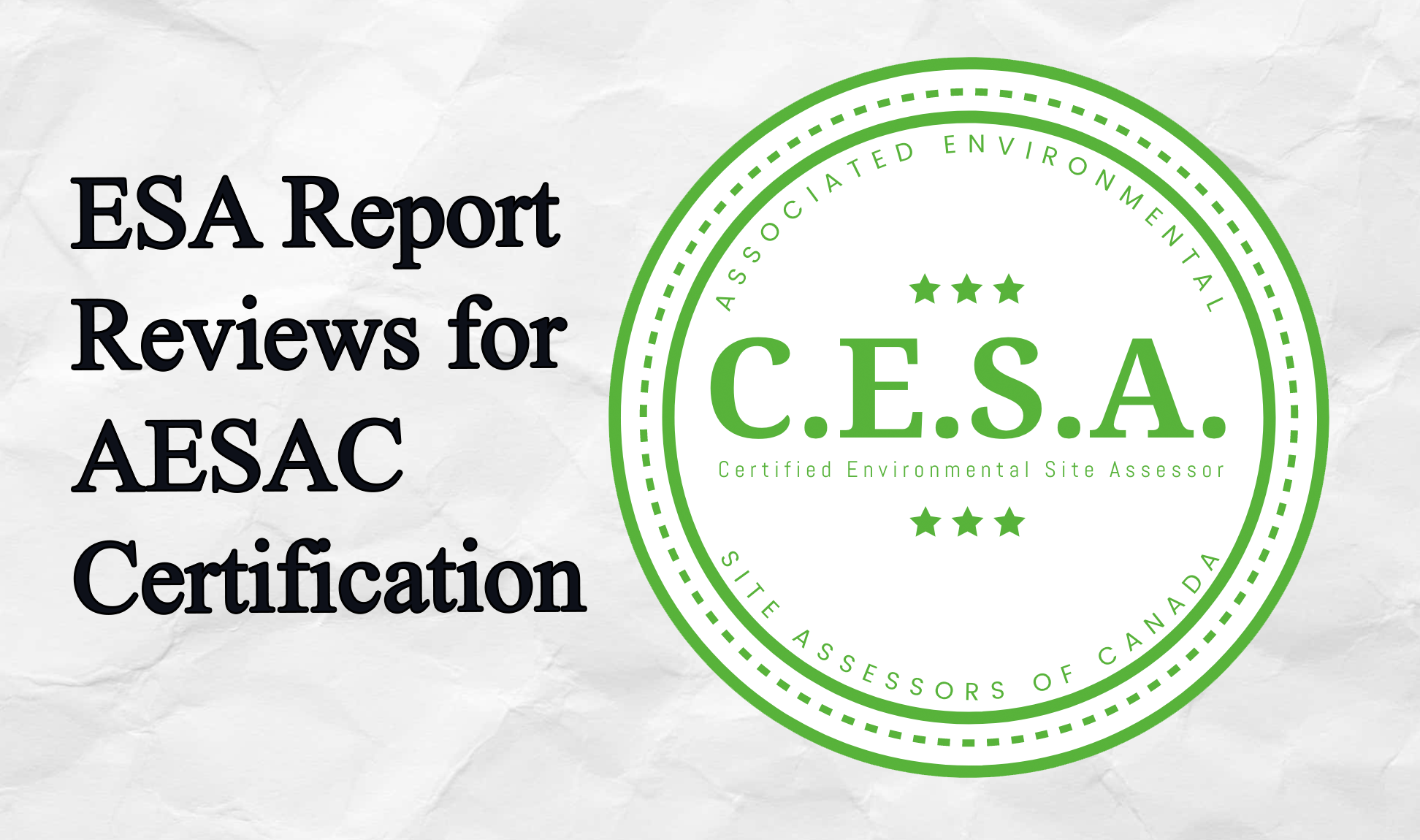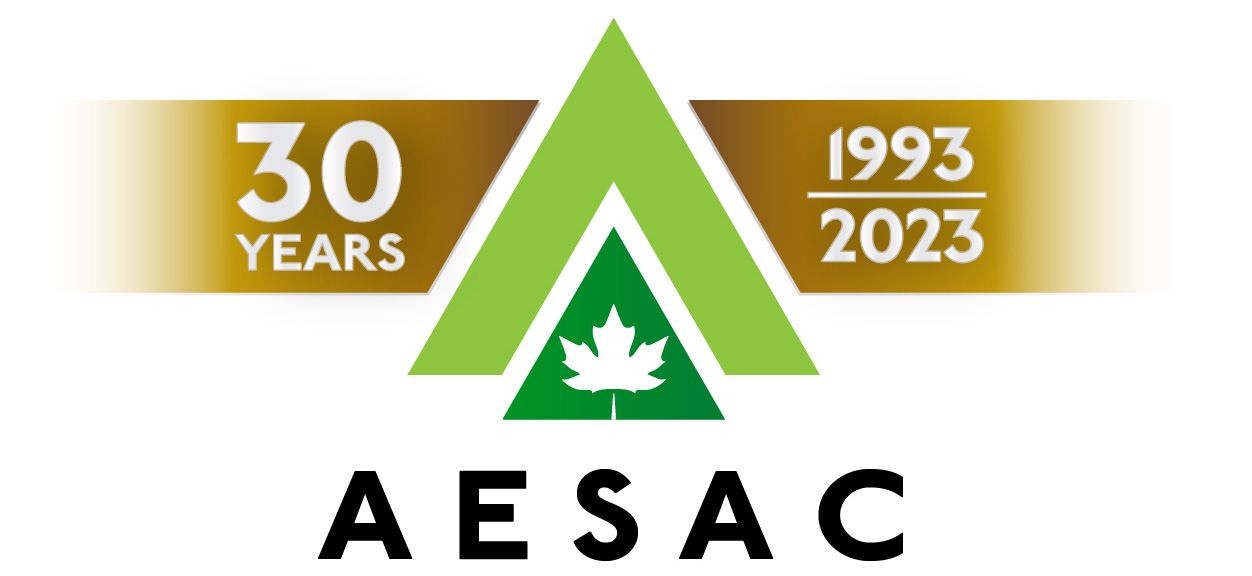- Home
- Training Courses
- Membership
- About Us
- Instructors Blog
- December 2023: All I Want For Christmas
- November 2023: ESA Report Reviews
- October 2023: Can AI Write an ESA Report?
- September 2023: Getting Paid... or Not
- August 2023: Take Me Back...
- July 2023: To Bid or Not To Bid
- June 2023: Selecting a Supplier
- April 2023: Phase 1 Problems, Part 3
- March 2023: Phase 1 Problems, Part 2
- February 2023: Phase 1 Problems, Part 1
- January 2023: Working Outside in Winter
- 2022 Blogs
- 2021 Blogs
- December 2021: Asbestos in your Home
- Sept 2021: Dirty Jars And Other Bad Things… Part 2
- August 2021: Dirty Jars And Other Bad Things… Part 1
- July 2021: How do you want that drawing to look? Part 2
- June 2021: How Did You Want That Drawing To Look? Part 1
- April 2021: So You Need a RSC... Part 2
- March 2021: So You Need a RSC... Part 1
- February 2021: What's In Your Toolbox? Part 2
- January 2021: What's In Your Toolbox? Part 1
- 2020 Blogs
- December 2020: A Day in the Life, Part 2
- November 2020: A Day in the Life, Part 1
- October 2020: Exploring Your Career Path
- September 2020: So You Want To Start Your Own Business - Part 2
- August 2020- So You Want to Start Your Own Business
- June 2020: Effective Communication
- May 2020: Tips For Working From Home
- April 2020: Conducting ESA’s During a Pandemic
- March 2020: It's Not Easy Being Green
- February 2020: Looking Ahead; Bold Predictions for the Next Decade
- January 2020: Looking Back; A Decade in Review
- 2019 Blogs
- 2018 Blogs
- 2017 Blogs
- 2016 Blogs
- 2015 Blogs
- Find an AESAC Member
Menu- Home
- Training Courses
- » Training Courses
- » Webinar Series
- » Calendar of Events
- » Course Registration
- » Course Instructors
- » Testimonials
- Membership
- » Become a Member
- » Certifications
- » Membership Search
- » Update Member Profile
- » Members Only
- » » Member Login
- » » Membership Renewal
- » » Create/Change Password
- » » CESA Certification Application
- About Us
- » About AESAC
- » Course Instructors
- » Contact Us
- Instructors Blog
- » December 2023: All I Want For Christmas
- » November 2023: ESA Report Reviews
- » October 2023: Can AI Write an ESA Report?
- » September 2023: Getting Paid... or Not
- » August 2023: Take Me Back...
- » July 2023: To Bid or Not To Bid
- » June 2023: Selecting a Supplier
- » April 2023: Phase 1 Problems, Part 3
- » March 2023: Phase 1 Problems, Part 2
- » February 2023: Phase 1 Problems, Part 1
- » January 2023: Working Outside in Winter
- » 2022 Blogs
- » » December 2022: Advice To My Younger Self
- » » October 2022: Pre-Purchase Due Diligence
- » » Sept 2022: Words Matter
- » » July 2022: Let Us Come To You
- » » April 2022: Due Diligence
- » » March 2022: Time Management
- » » February 2022: Spinning Augers... Part 2
- » » January 2022: Spinning Augers... Part 1
- » 2021 Blogs
- » » December 2021: Asbestos in your Home
- » » Sept 2021: Dirty Jars And Other Bad Things… Part 2
- » » August 2021: Dirty Jars And Other Bad Things… Part 1
- » » July 2021: How do you want that drawing to look? Part 2
- » » June 2021: How Did You Want That Drawing To Look? Part 1
- » » April 2021: So You Need a RSC... Part 2
- » » March 2021: So You Need a RSC... Part 1
- » » February 2021: What's In Your Toolbox? Part 2
- » » January 2021: What's In Your Toolbox? Part 1
- » 2020 Blogs
- » » December 2020: A Day in the Life, Part 2
- » » November 2020: A Day in the Life, Part 1
- » » October 2020: Exploring Your Career Path
- » » September 2020: So You Want To Start Your Own Business - Part 2
- » » August 2020- So You Want to Start Your Own Business
- » » June 2020: Effective Communication
- » » May 2020: Tips For Working From Home
- » » April 2020: Conducting ESA’s During a Pandemic
- » » March 2020: It's Not Easy Being Green
- » » February 2020: Looking Ahead; Bold Predictions for the Next Decade
- » » January 2020: Looking Back; A Decade in Review
- » 2019 Blogs
- » » November 2019
- » » September 2019
- » » August 2019
- » » July 2019
- » » May 2019
- » » March 2019
- » » February 2019
- » » January 2019
- » 2018 Blogs
- » » November 2018
- » » October 2018
- » » September 2018
- » » August 2018
- » » July 2018
- » » June 2018
- » » May 2018
- » » March 2018
- » » February 2018
- » » January 2018
- » 2017 Blogs
- » » April 2017
- » » June 2017
- » » August 2017
- » » September 2017
- » » December 2017
- » 2016 Blogs
- » » October 2016
- » » September 2016
- » » August 2016
- » » July 2016
- » » June 2016
- » » March 2016
- » » January 2016
- » » December 2016
- » » November 2016
- » 2015 Blogs
- » » April 2015
- » » July 2015
- » » September 2015
- » » October 2015
- » » December 2015
- Find an AESAC Member
With AESAC’s fall training course schedule underway, it’s good time to talk about one of the key components for achieving AESAC’s Certified Environmental Site Assessor (CESA) designation – submission of a Phase I ESA report for Certification review. In addition to meeting various certification requirements for CESA such as education, training, professional designations and related ESA work experience; applicants are also required to submit a CSA-compliant Phase I ESA report for review (and a Phase II ESA report for the enhanced CESA-II designation). The AESAC review is checking to see that the applicant has conducted the work in compliance with the CSA Standard, and not conducting a detailed and technical peer review.
Over the years, I have seen several main report components that have been deficient and resulted in the report not being accepted for CESA certification, as summarized below.Report Format
The CESA designation and report review are based on the CSA Standards, and submission of a different format is not acceptable. While the AESAC courses discuss ASTM, Alberta Oil and Gas and Ontario’s Record of Site Condition formats, the certification is based on CSA Standards, and the submitted report must meet the applicable CSA Standard.Scope of Work
Both the ESA and the report must follow the CSA format in their scope of work. Whenever the Standard says the Assessor ‘must’ or ‘shall’ complete a specified task, those activities are considered mandatory. In some cases certain information or data may be unavailable within a reasonable time frame or cost. In these situations the Assessor should attempt to utilize other information sources to fill in data gaps; and to state the limitations in their report, as well as the impact the missing data may have on the report’s findings and conclusions. Deviations from the specified scope may be acceptable provided sufficient rationale is provided to satisfy the stakeholders and reviewer(s). Throughout the report, the level of detail and site description should be sufficient to provide a clear presentation of the subject property, site conditions, site development history and the actual and potential environmental concerns that may be present, both currently and historically.Mandatory and Optional Research Items
CSA provides a list of Mandatory and Optional ESA research tasks. To be thorough and reduce potential data gaps, I recommend competing both of these, provided sufficient data is available. Too often in reviews, I see missing Mandatory items, and very few of the Optional tasks. Mandatory means just that – you have to complete these tasks to meet the CSA Standard. In some cases, such data may not be readily available, and you will have to consider a work-around, or determine if the data gaps will impact your findings (see above).Special Attention Items (ALUPO - Asbestos, Lead, UFFI, PCB, ODS)
CSA provides a list of Special Attention Items that must be addressed as they are deemed to create potential environmental, health or financial liabilities. It’s also important to note that these items are not covered under either ASTM or the Ontario RSC formats. The most common omission I see is for properties without any current or historical buildings or structures; where such materials are unlikely to be present. For these sites, the potential presence (or likely absence) of Special Attention Items should still be discussed in the report.Other Miscellaneous Deficiencies
While the CESA review is more generalized and less detailed than a technical peer review, there are still some basic considerations and specific that should be included in the CSA report, and that are sometimes deficient. The report should be complete, well written and professional. The report conclusions should logically follow from the findings, which should be derived from the observations and research. Appropriate Figures, References and Assessor Qualifications should also be included.Bill Leedham, P. Geo., CESA
Bill is the Head Instructor and Course Developer for the Associated Environmental Site Assessors of Canada (www.aesac.ca); and the founder and President of Down 2 Earth Environmental Services Inc. You can contact Bill at info@down2earthenvironmental.ca
Training Courses
Membership
About Us
Contact UsCopyright (c) 2024 Associated Environmental Site Assessors of Canada; AESAC Inc.



